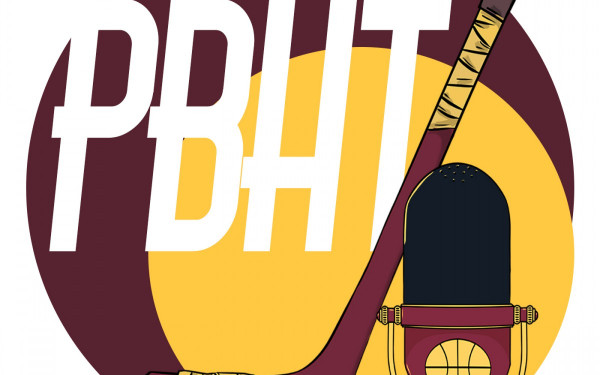Steve Nash and Soccer’s Growth in American (and Canadian) Culture
What I saw was both a sign of progression and a reminder that we’re not quite there yet.
With time to pass before the festivities of a celebrity soccer charity game began, I exited the turf field confines of Sara D. Roosevelt Park searching for some sights to see.
Across from a nearby playground, I found two basketball courts. The scene was overloaded with visual stimuli.
One adolescent girl practiced dribbling two basketballs at once. Two boys, no older than 10, went through resistance training, handling regulation NBA sized balls as their mentors slowed their runs with child-leash-type bands wrapped around their waists.
Beside them, three grown men, shooting freely and for fun, temporarily vacated the court as a pickup game of college-level ballers moved to the side they were fooling around on.
Both young and old players took advantage of this hot summer day in Manhattan’s lower east side to hone and enhance their game. Everyone understood their role; the transitions and movements were fluid, like clockwork.
Some locals were content to sit and watch the culture palpably unfold. I sampled it briefly, not wanting my intrusion to linger too long.
Because I didn’t belong. I’m a soccer guy. The reason for the train ride into Penn Station from the comforts of my parents’ suburban Jersey home last Wednesday was to cover the Steve Nash Foundation Showdown.
Every year in June, Steve Nash, the recently retired NBA legend, organizes a match between former and current professionals within the soccer and basketball worlds. In a 6v6 game, a “Team America” faces an “international” opponent led by the Canadian Nash to benefit his namesake charity.
A crowd filled bleachers behind one goal and lined the perimeter of the Stanton Street Soccer Field. Onlookers from the street clenched on to the wire fencing and stood on picnic tables to watch, generally intrigued and sometimes perplexed.
North American soccer is growing. Canada is currently hosting the Women’s World Cup, and the nation has three teams in Major League Soccer, including Montreal. Speaking of MLS, its average in-stadia attendance has surpassed the NBA and NHL, and more Americans recognize the acronym as a pro sports competition instead of real estate terminology.
What my momentary intrusion revealed is that basketball, at least in major metropolises like New York City, is what pickup means in common vernacular. Soccer has grown, but it’s still in its infancy relative to the traditional American (and Canadian) pastimes.
Luckily, Nash loves soccer. And he’s used this year’s game to benefit his foundation’s child welfare programs. He grew up watching and playing the game because his father John played professionally in South Africa.
Despite becoming famous from throwing alley-oops to his much taller teammates, it’s rumoured the Canadian could have easily made a living kicking a ball instead.
Nash is doing his part to the grow the game in the Americas. So is Nike, whose executives approved the unearthing of brand new turf for the iconic location in Chinatown.
Seemingly everyone recognizes the impact this annual event has on the local psyche. Seeing Italian soccer superstars like Alessandro Del Piero or Guiseppe Rossi up close may just inspire a few budding athletes to try out the sport.
And these two skillful attackers were some of the main celebrity attractions on display that late afternoon. Like in many aspects of life, however, it is the media who heavily influences what the public pay attention to.
My colleagues that day were more interested in forming scrums around NBA stars Luol Deng and Matthew Dellavedova, rather than the American world cup veteran trio of Geoff Cameron, Jay Demerit or Stuart Holden.
Even Mix Diskerud, a New York City Football Club player who recently scored for the U.S. in a win versus Germany, walked around fairly anonymously as a spectator, happily entertaining conversation with the few fans who approached him.
Which is completely fine. Although it’s a telling sign that mainstream America is far from caring about the narratives of their biggest soccer stars. Noticeable too was the lack of ooos and ahhs or any type of reaction from the reporters’ vantage point on the sidelines.
Soccer is known for creative expression, but many of the iconic moves players tried in the game were largely uninteresting to those around me. A Geoff Cameron hocus pocus here. A Kyle Martino elastico there. Rossi’s quick, gentle touches.
It’s commonly quipped that the main difference in soccer culture between a country like Germany and the U.S. is that most Germans can juggle and kick a soccer ball, much like most Americans know how to shoot a free-throw in basketball.
Maybe when more journalists can comfortably join in a fast-paced 6v6 soccer game (like ESPN’s Marc Stein who is a Showdown regular), will we finally be able to compare soccer to the deeply ingrained basketball or football culture found in cities around the country.
Does all of this really matter in the scheme of our collective lives? I thoroughly enjoyed the event, perhaps in spite of my critical musings. Because maybe, just maybe, hardcore American soccer fans don’t want to see the beautiful game become that popular.
Anyway, back to the non-sports world. Stay tuned for my coverage of anti-police/capitalism/austerity protests and the latest sustainable/containable/retainable renovations the Concordia Student Union approves in the Hall-Building.

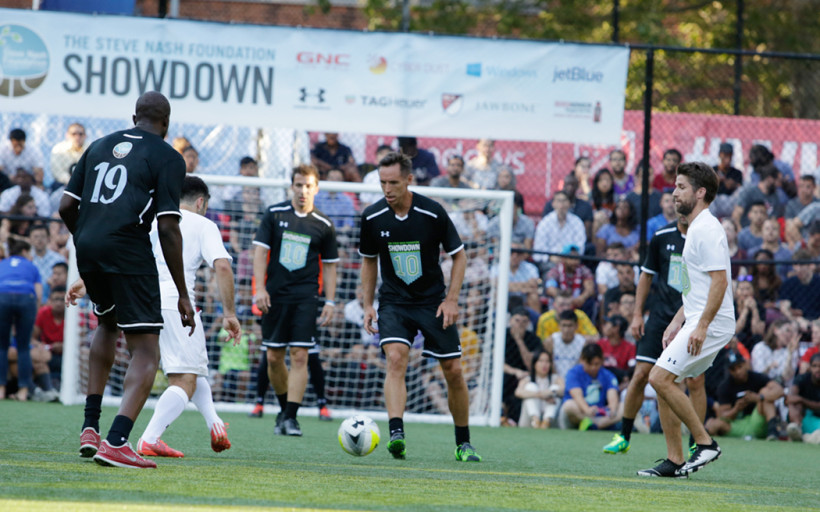
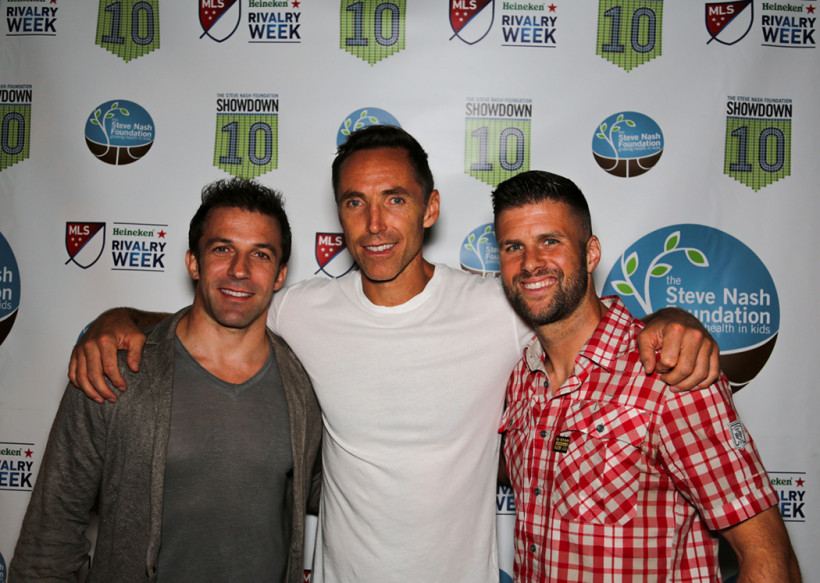
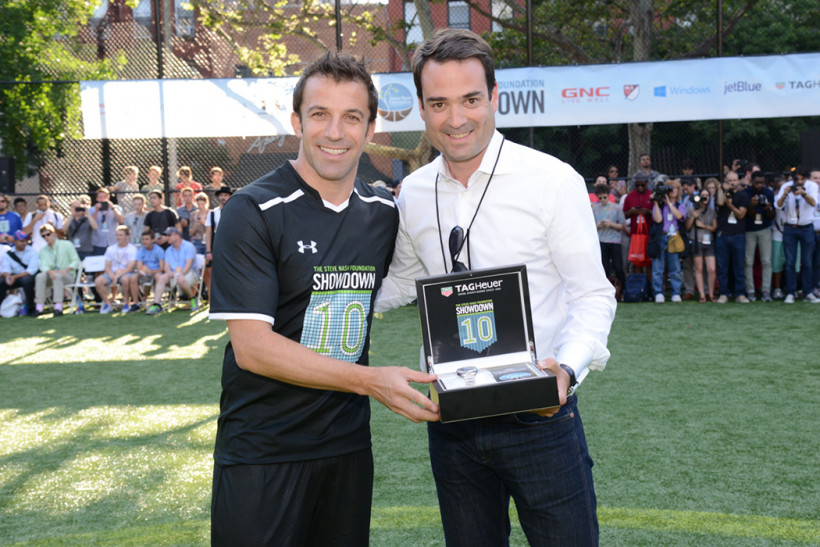
_600_832_s.png)

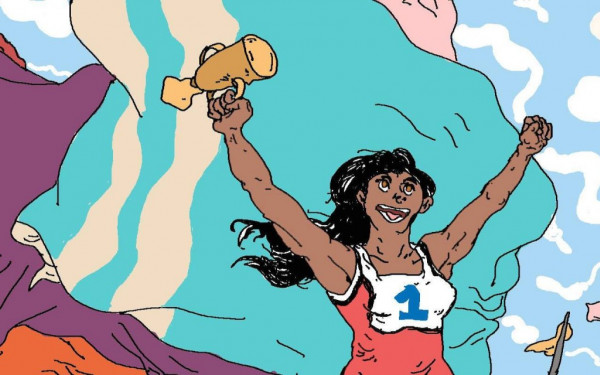
_600_375_90_s_c1.jpg)
